I am trying to make a survival game and I have a problem with perlin noise. My program gives me this:
But I want something like islands or rivers.
Here's my code:
#SetUp#
import pygame, sys, random
pygame.init()
win = pygame.display.set_mode((800, 600))
pygame.display.set_caption('Isom')
x = 0
y = 0
s = 0
tilel = list()
random.seed(5843)
MAP = [random.randint(0, 1) for _ in range(192)]
#Tiles#
class tile():
grass = pygame.image.load('Sprites/Images/Grass.png')
water = pygame.image.load('Sprites/Images/Water.png')
#Loop#
while True:
for key in pygame.event.get():
if key.type == pygame.QUIT:
pygame.quit()
sys.exit()
#World#
for a in range(12):
for b in range(16):
if MAP[s] == 0:
win.blit((tile.grass), (x, y))
elif MAP[s] == 1:
win.blit((tile.water), (x, y))
x += 50
s += 1
x = 0
y += 50
x = 0
y = 0
s = 0
#Update#
pygame.display.update()
